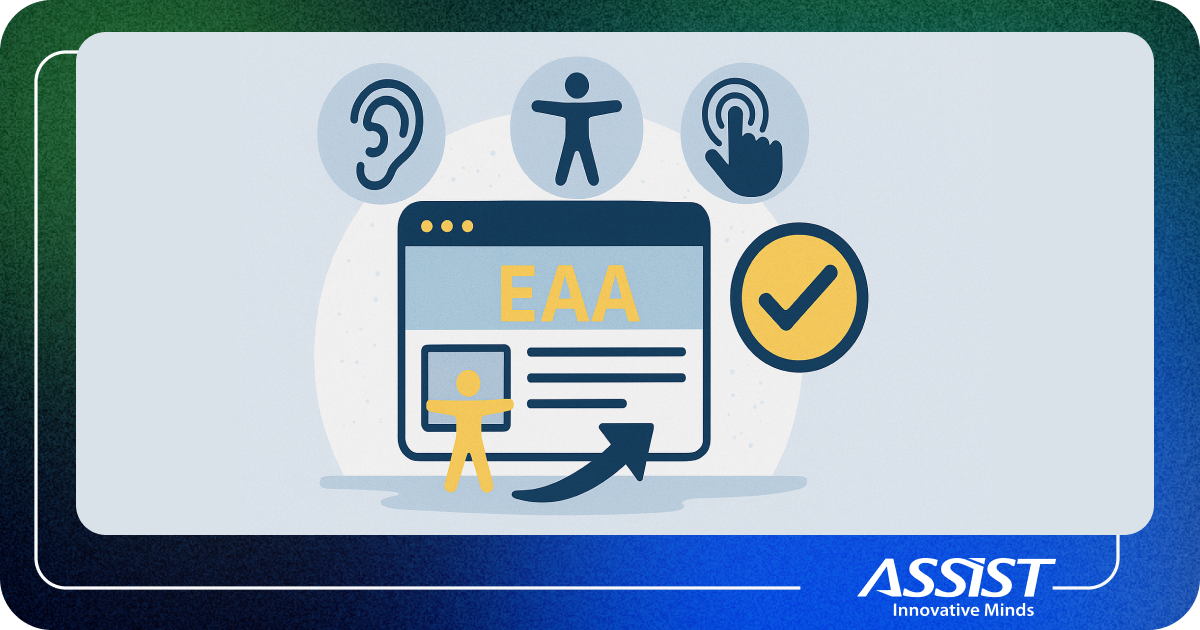LRResty category for PATCH support

LRResty is a simple to use library for Objective-C useful for accessing REST-based APIs. Its development is discontinued now and developers are encouraged to use other libraries instead (such ASIHTTPRequest) but LRResty is easier to use and more adapted for REST services.
One of the issues with LRResty is that it doesn't support HTTP PATCH operations. Fortunately is not really hard to add support for this, starting from the other routines which offer support for other operations, such as GET or PUT. This Objective-C category adds support for PATCH and is designed for ARC-based version of LRResty. This category is offered as it is, and you can modify or use it without any restriction.
#pragma mark - #pragma mark Delegate API /** Performs a PATCH request with a payload on URL with delegate response handling. @param urlString The URL to request. @param payload The object to PATCH. @param delegate The response delegate. @returns The request object. @see LRRestyRequestPayload */ - (LRRestyRequest *)patch:(NSString *)urlString payload:(id)payload delegate:(id<lrrestyclientresponsedelegate>)delegate; /** Performs a PATCH request with a payload on URL with delegate response handling. @param urlString The URL to request. @param delegate The response delegate. @returns The request object. @see LRRestyRequestPayload */ - (LRRestyRequest *)patch:(NSString *)urlString payload:(id)payload headers:(NSDictionary *)headers delegate:(id<lrrestyclientresponsedelegate>)delegate;




